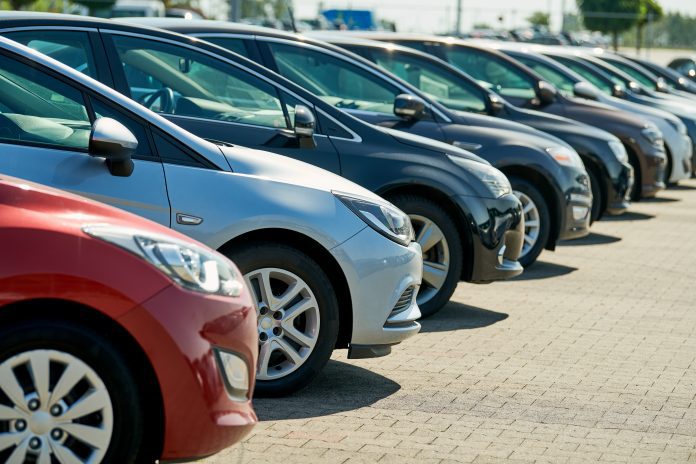In July, wholesale used-vehicle prices increased, with the Manheim Used Vehicle Value Index (MUVVI) climbing to 201.6, marking a 2.8% rise from June. Despite this uptick, prices remain 4.8% lower than a year ago. The non-adjusted price increased by 0.6% from June but is down 5.9% year-over-year.
Jeremy Robb, senior director of Economic and Industry Insights at Cox Automotive, noted that while wholesale value declines slowed in late June and continued into July, vehicle values appreciated overall throughout the month. He highlighted a higher sales conversion rate and anticipated a tightening supply in the key three-year-old vehicle segment, which could impact depreciation rates going forward.
The Manheim Market Report (MMR) values reflected weekly increases in three of the last four weeks of July, contrasting with historical trends. The Three-Year-Old Index saw a total increase of 1.1% over the month, with a 0.5% rise in the final week. This appreciation diverges from the average 0.6% decrease typically seen between 2014 and 2019.
Daily MMR Retention averaged 98.6% in July, showing that market prices were closer to MMR values than in June. The average daily sales conversion rate rose to 60.1%, up from 51.9% over the past three years.
Regarding market segments, SUVs and pickups saw seasonally adjusted price declines of 5.2% and 5.3% year-over-year, respectively. Midsize cars and luxury vehicles also experienced 6.0% and 6.2% declines. However, midsize and compact cars improved in July, with rises of 3.8% and 3.3%, while SUVs, pickups, and luxury vehicles had more modest increases.
The performance of EVs versus non-EVs continues to diverge. EV values were down 11.0% year-over-year, while non-EVs decreased by 5.0%. Both segments saw a 2.8% increase from June, but non-EVs showed a slightly higher 3.3% increase.
Retail used-vehicle sales were estimated to be up 5% compared to June but down 2% year-over-year. The average retail listing price decreased by 0.5% over the past four weeks, and the days’ supply of retail used vehicles ended July at 53 days, up from 52 days in June.
July new-vehicle sales were down 2.0% from last year and 3.0% from June, with a seasonally adjusted annual rate (SAAR) of 15.8 million. Sales to large rental, commercial, and government fleets decreased by 14.0% year-over-year, while new retail sales rose by 1.6% compared to last year.
Moreover, consumer sentiment saw mixed signals. The Conference Board Consumer Confidence Index® increased by 2.6% in July, though it was down 12.0% year-over-year. Plans to purchase a vehicle declined, reflecting the lowest share in nine months. Gas prices also saw a slight decline of 0.2% in July, with the national average at $3.48 per gallon, down 8% year-over-year.



